Scott Strickstein’s Cmesh
Semi-permeable barriers; partially open cellular structures: these types of material have the natural ability to play with light and shadow. Take the Honeycomb Lamp designed by Kyouei and the Beehouse Lamp designed by Yar Rassadin: drawing from honeycomb structures marked by the combination of solids and voids, they filter and disperse light in innovative and unique ways. The two highly varied examples prove that this type of structure can be achieved in any material: from simple paper to white plastic and Swarovsky crystals.
Cmesh. Designed by Scott Strickstein.
Scott Strickstein’s Cmesh is an experimental ceramic medium with a metal skeleton structure. While it moves away from the nature-driven structure of the honeycomb, it creates a similar semi-permeable barrier. Porcelain coated mesh, glazed and fired, draped and layered: the material can be used for various applications where light, texture, shape and/or pattern are desired elements. The milky effect of the porcelain, he explains, is achieved through dipping the form multiple times.
Shapes and sizes can be customized and made to order, but include the Cone, Mobius, and (of course) the Hive. Additional glaze and finish options are available and all versions can be lit by either incandescent or compact fluorescent bulbs. Suspended from aircraft cable, strength is obviously not an issue.
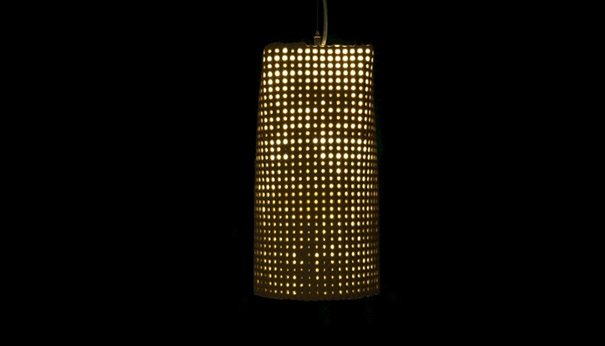
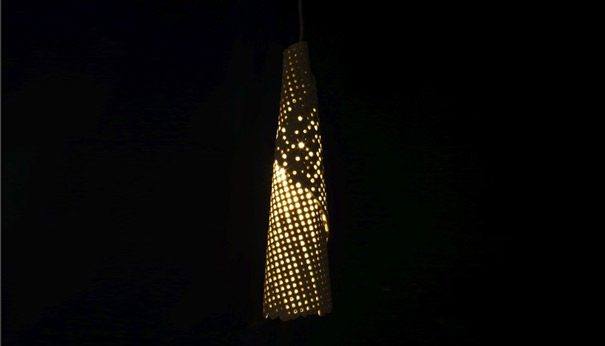
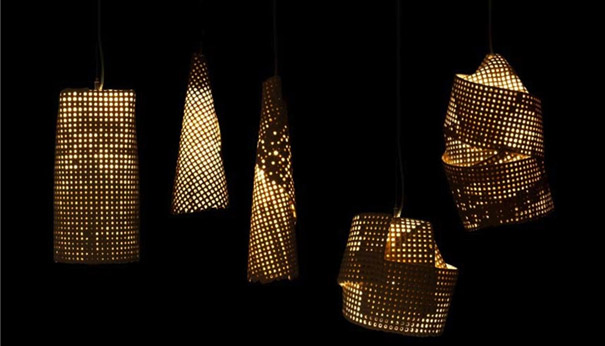
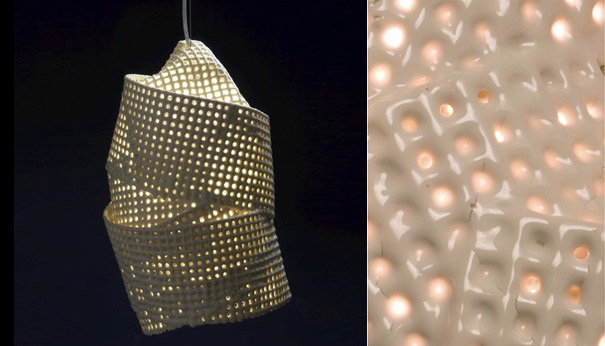
Scott Strickenstein is a Brooklyn/Manhattan based designer. He unveiled this unique collection at ICFF 2009 along with his bomb bowls, influenced by the shape of (you guessed it) bombs. They too are finished with his smooth, milky porcelain.
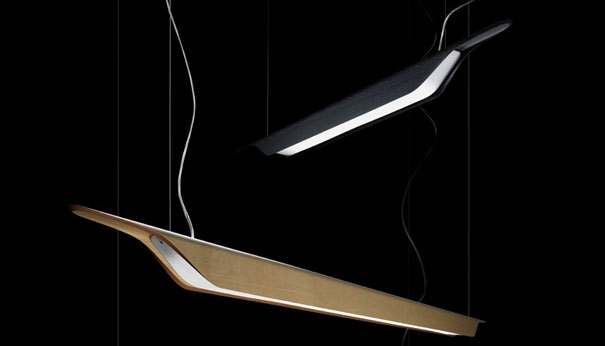



Leave a Reply